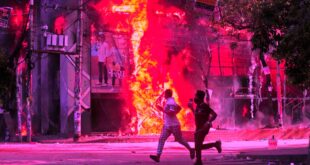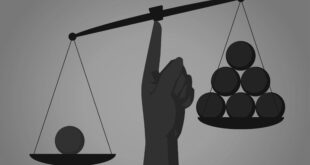Dr. Lenin Raguvanshi
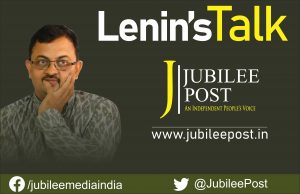 The secret of change, I say, is to focus all of your energy not on fighting the old, but on building the new. Social change starts with an individual, and can slowly transform the fabric of a society.
The secret of change, I say, is to focus all of your energy not on fighting the old, but on building the new. Social change starts with an individual, and can slowly transform the fabric of a society.
The fact remains that numerous individuals are setting examples of being the change they wish to see in the world despite problems and challenges which one cannot wish away. These individuals and groups are planting the seeds of transformation in the minds of millions.
I am standing here as a dalit rights activist. The Sanskrit meaning of the word Dalit is ‘scattered’. I took it upon myself to put back together their scattered pieces of dignity and human rights that lay spread all over their dimension less existence for centuries as a result of casteism. I also realized that to work for them needs myself to be with them and it also needed myself to move out of what I was both in my thought and behavior.
I am born into an upper caste Kshatriya family. I come from a family of freedom fighters, three of whom were executed on account of revolutionary activities against the British Raj. My grandfather, Shanti Kumar Singh was a freedom fighter too who followed Gandhian principles and was a key influence on my ideas of freedom, justice and what makes an idea of India.
My father, a staunch communist overshadowed the contemporary social thoughts and named all his children with Marxist first names. A Mother a dogged working woman with Rajput pride in heart reared us with libertarian ideas.
As a result, we not only understood the areas where ideologies clash and where cooperate. We also witnessed how inner believes are communicated through arguments at family dinner time. Most importantly, I learned to coexist with differences. The early conceptual brainstorming helped me shifting and arranging my ideas and ideals focusing and choosing what social justice, empowerment, service and harmony mean to me. However, I consciously promised myself to stay away from political activities.
I allowed my heart to lead me in life. My family wanted me to follow the footstep of my famous US based neurologist Uncle. I studied Ayurveda and Modern Medicine in State Ayurveda Medical College, Haridwar. But destiny had its way and soon it became clear to me that I would prefer treating the community and society rather than the individual. Thus the journey began.
Around the year 1991, when I was in College, Swamy Agnivesh introduced me to now Nobel Peace Prize Laureate Kailash Satyarthi. Both are great social change makers. These new connections helped foster my innate desire to support the most marginalized of society and spend my time in welfare actions. I joined Sri Satyarthi’s organization to contribute in their efforts of freeing children and releasing bonded laborers.
I then made a simple but profound observation (Newton’s apple anyone?) during these numerous rescues- “I came across the fact that there was not a single bonded child labourer from my community or any upper caste community, even among those subjected to the same level of penury and I had to ask myself, ‘Why them?”.
I further learnt of the various cruelties and evils that the lower castes were being subjected to. It was in abject horror that I got to know of their standard of life or lack thereof, the inhuman mistreatment and altogether injustice of the system.
It soon became clear to me that measures and institutions meant to prevent and aid the same were already in place, these had failed. It was then that I was convinced of my role as an upper caste-man. It felt only logical that it was my duty to help those who couldn’t help themselves.
I felt an obligation towards them, almost akin to repaying a personal debt. I thought the existing master-servant and giver-receiver relation must be challenged by empowering the dalits. Their ability to be empowered remains in their access to choices. And the masters do not like the slaves to have choices.
It was in 1993, that I came in contact with a bonded labourer from North Bihar named Nageshwar, whose bond had been sold 6 times already. Unable to bear the brutality, Nageshwar had run away from his then bonded employer (‘employer’ being a magnanimous word in the given context).
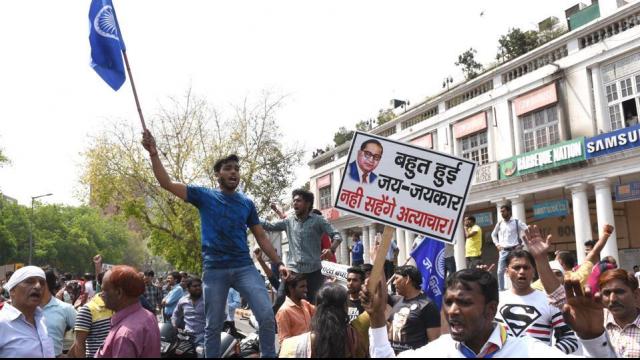
Unfortunately, he got caught and as punishment was branded with hot iron rods. It was the witnessing of these marks and the disgraceful psyche of deep seated casteism behind these acts that ignited the fire in me. For me, there was just no turning back from that point.
On further analysis and probing of the issue, I began to see that the runs much deeper than expected. The years of conditioning in a caste riddled society had led to the altering of the backward caste peoples’ own perception of themselves. They had accepted the truly helpless circumstances that they lived in. I undertook the continuous task of restoring self-respect and self-love among these people. Initially marginalized communities did not trust me, they just did not. But the fact of the matter is that they are always in dire need.
So, a group of us, reached out to them with all our sincerity and studied their problems, and tried to learn what we could from them. With empathy and active listening, we began to understand the various facets of their life, their ideas, dilemmas and so forth. All this played a major role in not just fostering relationships, but also improved communication which helped us in identifying how we can work for and with them and also how we can link in the state agencies to address their challenges.

I and my team have gone to slums and have educated their residents of their constitutional human rights, the various schemes and opportunities being made available to them. We encouraged them to file FIRs and file petitions whenever needed to stand up against any form of violence against them and believe in the power of rule of law and non violence and stand up for themselves.
It was a long process, but then they started to realise they too have choices. That is where the empowerment starts from. We gave them multi-dimensional support, in the form of knowledge, education, money, infrastructure and care. We opened schools for their education called folk-school, where practical information for a dignified, independent life was being imparted.
We have former child labourers like Pooja and Jyoti who were rescued and went on to receive a wholesome education. They have achieved so much, becoming lawyers, joining the Peace Corps and are now coming back to help uplift the others. Now, I feel as one among them, their happiness is mine and their liberation is the gift I received in my life.
I constantly remind people that the prosperity of all citizens is a win for the country, and more importantly that they too are our fellow human beings. Dalits were made live in the southern side of the villages to ensure that impure wind does not reach the upper caste through them. Unity cannot be formed by isolating neighbors living in one side of the village.
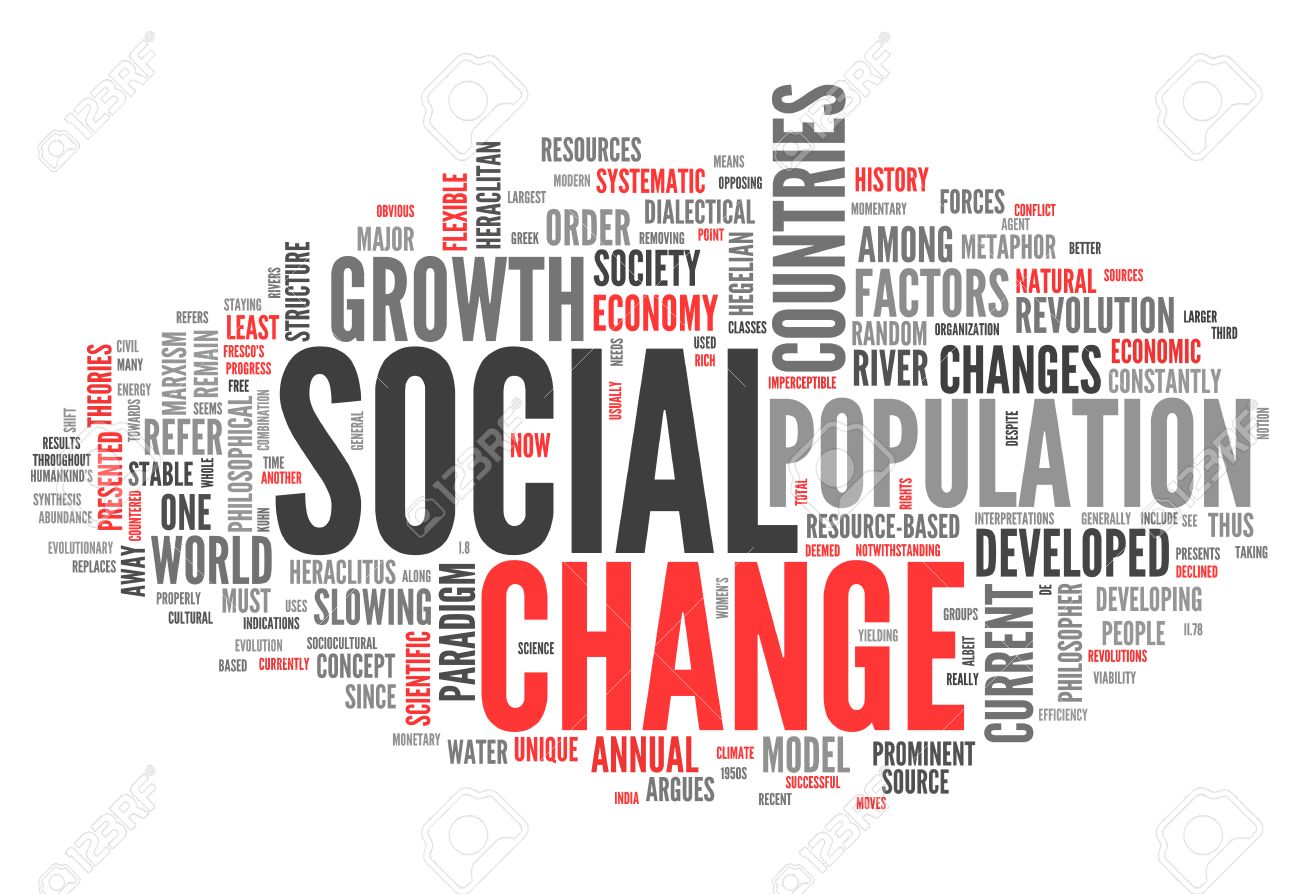
Working with and for the powerless and resourceless community is no easy task. It means one is challenging the minds of smaller but powerful social groups who find divine rights to privileges. But undeterred, I set out to do the impossible, meticulously planning and diligently executing. I went forth knowing that salvation will come to me when I free one bonded labourer at a time, educated Dalit girl at a time and so on.
I faced challenges from a number of sides- authorities, politicians, law-keepers, members of the mafia, my caste groups, fellow classmates and extended family (some falling into more than one category), I nevertheless persevered through it all. It was through our understanding of ground realities, practical planning and truly sustainable, hand-in-hand approach that I made headline worthy headway for my team.
I come back home every night to see my life partner and son beaming with appreciation and happiness. My life partner Shruti Nagvanshi, has is a very kind hearted person and provides me complimentarily to my efforts with regular inputs. I have been standing tall because of her. Both of us have converted to Buddhism as a mark of protest to the dehumanizing effect of the caste system.
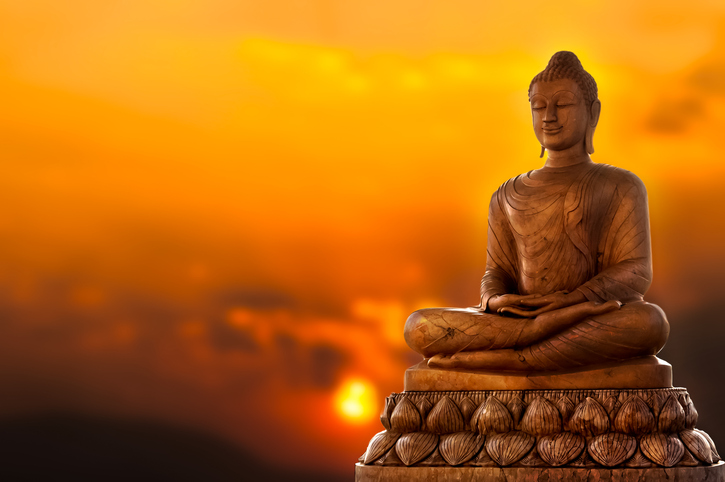
We have a son together, Kabeer Karunik. I still pray to Mother Kali though, whom I see as a rebel of sorts, while still practicing Buddhism. I studied Hinduism and while going through the Manusmriti and other texts, I realized we had a parallel stream of religions being formed called Shramana Dharma which was a movement that gave rise to Buddhism, Jainism, Ajivakas and such. These had no caste system and thus I drifted towards them.
All in all, there are many lessons to be taken from our incredible and arduous journey. I find good people everywhere who are willing to accompany you and be a part of change in their own way. We just need to know how to take them with us, and make them believe in us. Not all is lost. Our convictions shine through like a lighthouse on a foggy ocean night. Hope, Honour and Human Dignity are answer as light in darkness.
(Dr. Lenin Raghuvanshi is a Human Right Activist, His name mentioned of his name in ten top futurist activists under TAFED”s 2019 Nominees by USA based magzine TAFED”s Transdisciplinary Agora for future discussion)
 Jubilee Post News & Views
Jubilee Post News & Views


